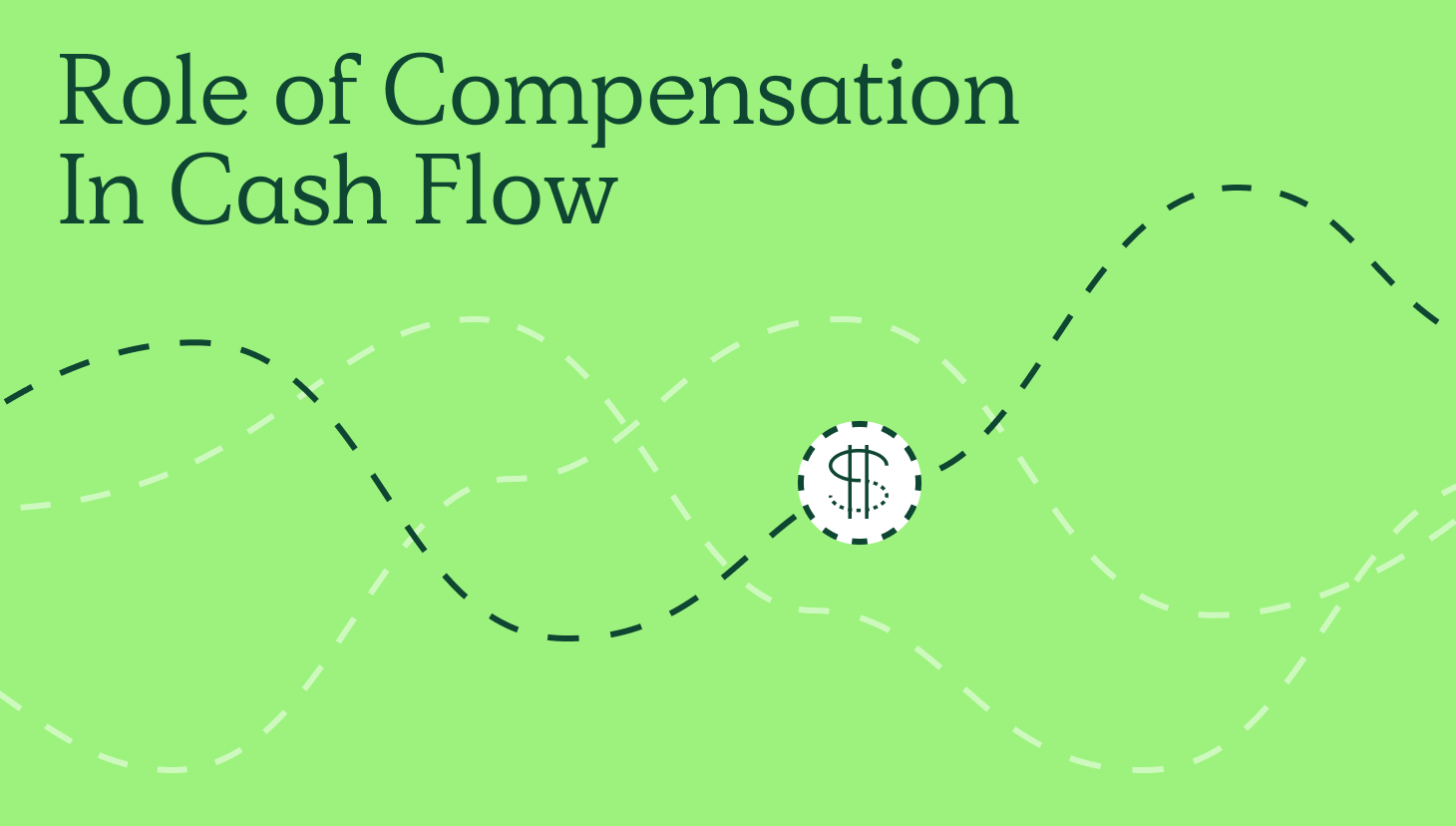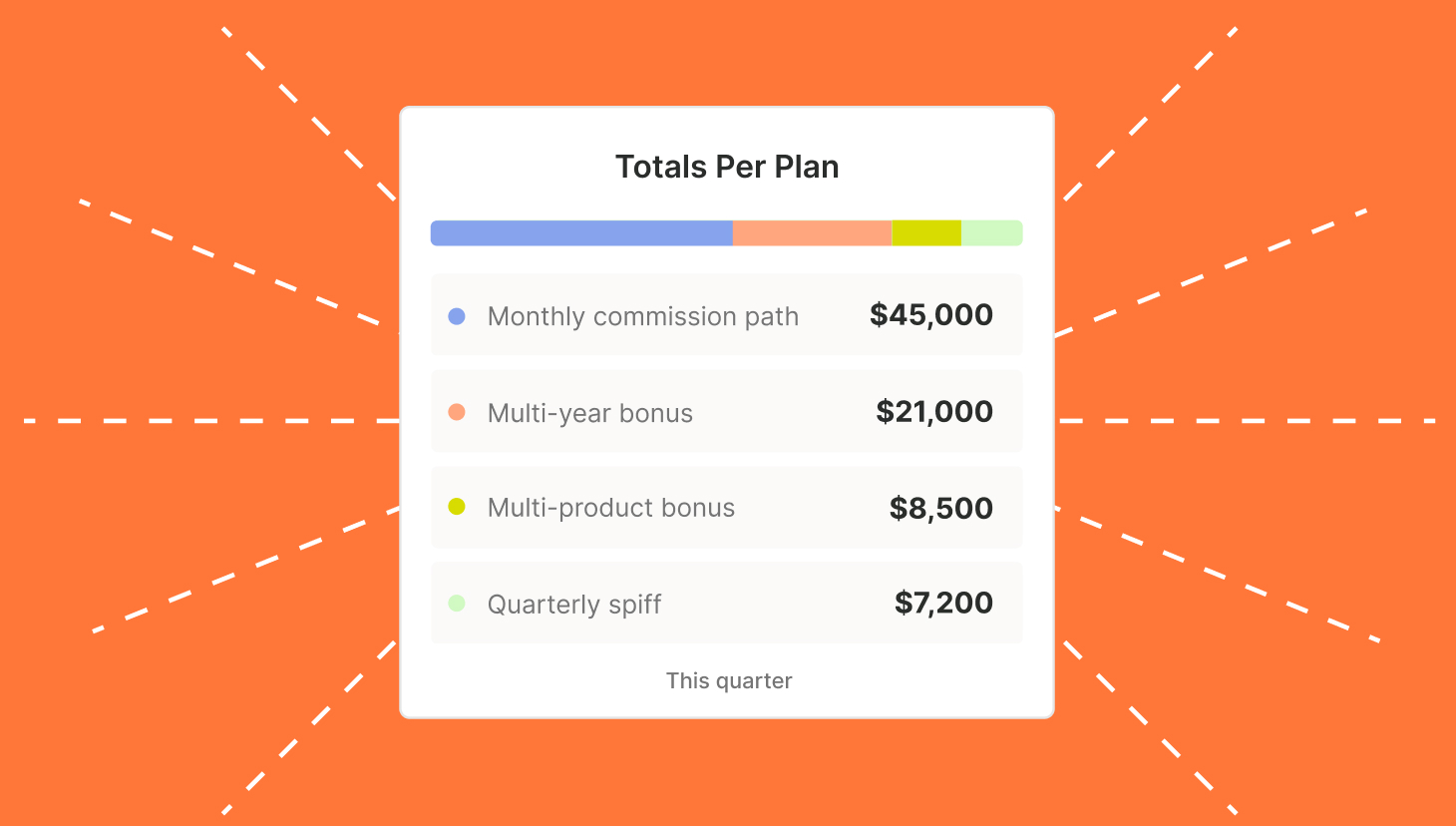Who needs to improve their inbound lead response strategies?
Timing is everything when it comes to qualifying inbound leads. The possibility of qualifying a prospect drops by a staggering 21X when the response time is 5 to 30 minutes.
However, the response time isn’t the only challenge here. Take, for instance, one sales leader who is struggling with not only the reps lagging in responding but also giving up after two attempts.
If this is you, we’re here to help.
Below, we’ll review strategies to drive inbound leads response time and conversions.
Let’s get started.
What’s an inbound lead?
An inbound lead is a potential customer who initiates contacts your company in response to a business’s website, resources, marketing campaigns or from a recommendation. By contrast, an outbound lead is sales-driven, occuring when your sales reps actively reach out and contact via social media, email, or cold calls.
Although both are potential customers, inbound leads are typically higher quality, more aware of your product, and more likely to be further along in their buying journey, making them more time-sensitive.
What is Lead Response Time?
Lead response time is a measure of the average time it takes for a sales rep to respond to a contact after the prospect takes an action such as downloading content, completing a form, or responding to a call.
This metric is crucial under today’s market conditions. For instance, right now buyers are intent on eliminating needless tech and focusing on core tech stacks. So, if a buyer is reaching out to learn more about your platform, they consider it a possibility as a member of the essential stack.
Therefore, sellers have to strike when the buyer recognizes they have a problem versus allowing time to settle and enabling the buyer to accept the status quo.
How to Drive Inbound Leads Response Times
Here are a few ways you can start improving your team’s inbound leads response times today.
Add an Intermediate Role
One solution is to add an Inbound Sales Rep (ISR) role to your business development team.
This intermediate role sits between sales and marketing to triage leads as they come in. With an ISR in place, leads are sorted as follows: Unqualified Inbound Leads, Big ‘Whale’ Inbound Leads that are hot, and Just Right Inbound (‘Goldilocks’) Leads that are smaller but qualified.
The ISR can ask the unqualified lead challenger questions and direct them to the free product tier if appropriate or add them to a nurturing sequence. Then they can engage ‘Goldilocks’ leads through to close and get big ‘Whale’ leads in front of an AE ASAP.
Plus, with a dedicated role to manage inbound leads, you can set touchpoint minimums in place to overcome reps who stop trying to get in touch after a couple of times.
The ISR role was created in the early 2000s when businesses, especially SaaS, started implementing inbound marketing strategies. It has risen in popularity over the years, to the point that our query for ISR jobs on Zippia revealed 118,186 openings with a 5% growth rate.
Recommended Reading: SDR Compensation Plans
Streamline commissions for your RevOps, Finance, and Sales teams
Design, track, and manage variable incentives with QuotaPath. Give your RevOps, finance, and sales teams transparency into sales compensation.
Talk to SalesAutomated Cadences
Another option to support lead response times is adopting automation.
Automating scheduled lead engagements can boost the efficiency of sales and marketing lead cadences. This ensures consistent and timely outreach and follow-ups and lightens the load on your sales and marketing teams by reducing the number of tasks requiring human intervention.
For instance, this is what QuotaPath does via our RevOps engine. All marketing leads fall into a lead cadence, and as they engage with our brand more via content or events, they score higher before qualifying as an opportunity.
Once they become an opportunity, or if they come in as a demo booked or trial sign-up, a new automated cadence is triggered between the rep and the contact.
Building a cadence for the expected timing, plus the number and type of engagements, helps ensure your reps can satisfy your performance criteria.
Recommended Reading: How to Start a RevOps Team
Incentivize Faster Response times
Last, and our favorite, consider incentivizing for faster responses.
You could do this using SPIFs to motivate reps to improve their performance on this KPI.
For example, identify the reps with the best response times and longest times. Leverage this information to identify coaching opportunities, convey what the highest-performing reps are doing, and then offer SPIF incentives to drive performance improvements.

Do SPIFs work? Why and when to use SPIFs.
“I’m a big fan of SPIFs,” said Mallorie Maranda, VP of Sales, WorkRamp, who had just implemented a team-wide SPIF.
Take Me to ArticleAnother way to use SPIFs to improve response times is by setting up automated reminders for team members to follow up at specific intervals to maintain engagement with leads. Reward reps with a SPIF when they act on these reminders, helping them build this essential habit.
After all, timing is everything when it comes to inbound lead response times.
According to Chili Piper, “On average, it takes B2B sales teams 42 hours to respond to a new lead and 38% of those leads never reply back. It typically takes 4.3 days of back-and-forth communication before the first meeting even happens. Meaning, you have more chances of getting ghosted by your new opportunities the longer you wait.”
Recommended Reading: How to Shorten Sales Cycles
Conclusion
Timing is crucial in terms of inbound lead response times. Failure to contact inbound leads quickly means wasted leads, missed opportunities, and potential revenue that you can’t afford to lose.
You can drive better inbound lead response times by adding an inbound sales rep role to manage inbound lead distribution and responses. Automated cadences can help boost the efficiency of lead engagement consistency and timing. Then you can leverage SPIF incentives to reinforce desired response times.
Schedule time with a team member to learn how QuotaPath can help you run sales and revenue operations more efficiently.



